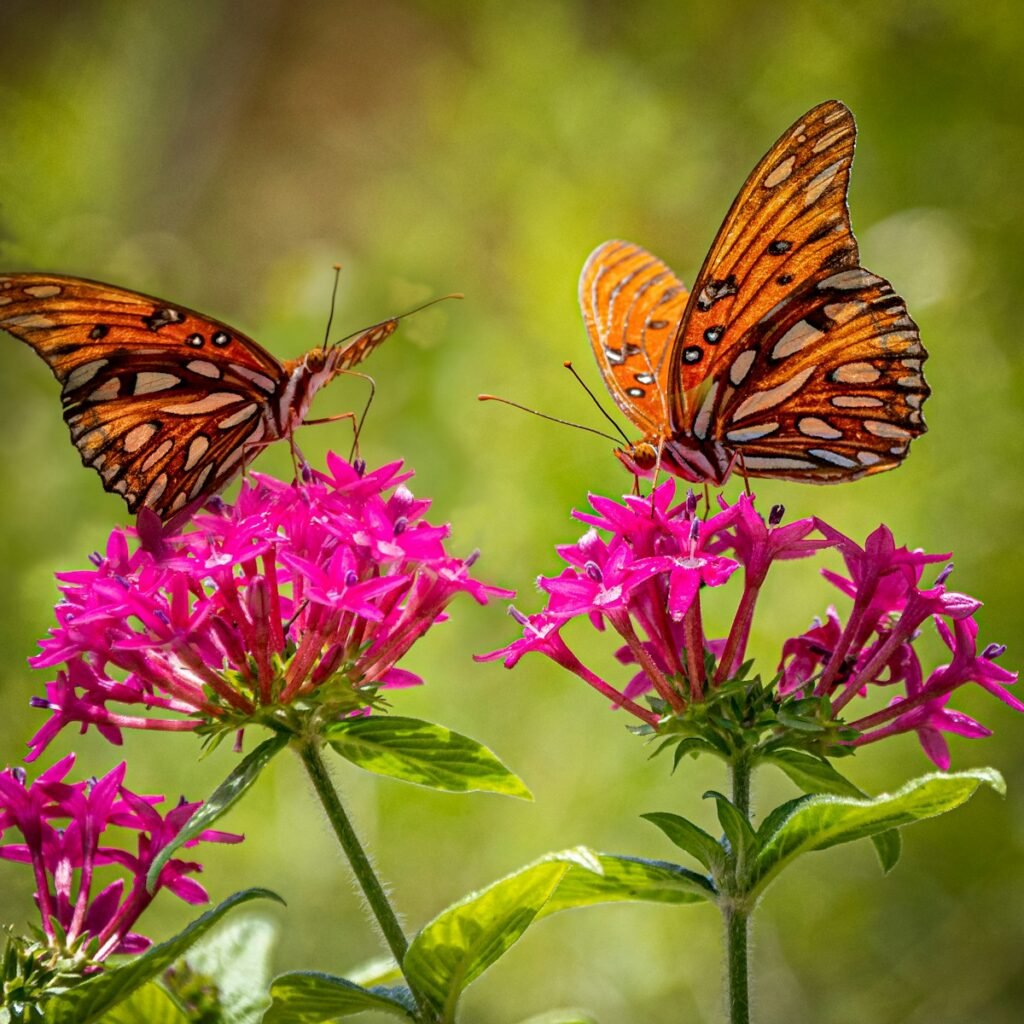Imagine stepping into your garden and being greeted by the gentle hum of bees, the fluttering dance of butterflies, and the vibrant colors of blooming flowers. This is the magic of a pollinator-friendly garden, a sanctuary not just for plants but for the creatures that help them thrive. Pollinators play a crucial role in the ecosystem, and attracting them to your garden is both an art and a science. Let’s explore how you can transform your garden into a haven for these essential creatures using scientifically-backed strategies.
Understanding the Role of Pollinators

Pollinators are nature’s unsung heroes. They are responsible for the reproduction of over 75% of the world’s flowering plants. Without them, many of the fruits, vegetables, and nuts we enjoy would cease to exist. Bees, butterflies, birds, and even bats help transfer pollen from one flower to another, enabling fertilization. This process not only ensures the survival of plant species but also supports biodiversity and ecosystem health. Recognizing the importance of pollinators is the first step in creating a garden that supports them.
Choosing the Right Flowers

Selecting the right flowers is akin to setting a well-laid table for your guests. Pollinators are drawn to flowers that offer high-quality nectar and pollen. Native plants are particularly attractive as they have co-evolved with local pollinators. Bright colors such as blues, purples, and yellows are especially enticing to bees and butterflies. Plants like lavender, sunflowers, and coneflowers are excellent choices. By diversifying the floral offerings in your garden, you can cater to a wider variety of pollinators.
Creating a Bloom Schedule

A continuous buffet is more appealing than a one-time feast. By planning a bloom schedule, you can ensure that your garden offers nectar and pollen throughout the growing season. Choose a mix of early, mid, and late-season bloomers to provide a consistent food source for pollinators. For instance, crocuses and daffodils bloom early, while asters and goldenrods flourish in the fall. This staggered approach not only sustains pollinators but also keeps your garden vibrant all year round.
Providing Water Sources

Water is as crucial for pollinators as it is for plants. Bees and butterflies need shallow water sources to drink from. A simple birdbath, shallow dish, or even a small pond can do wonders. Add stones or pebbles to provide landing spots for these tiny creatures. Regularly clean and refill these water sources to prevent stagnation. By ensuring access to clean water, your garden becomes a more inviting and supportive environment for pollinators.
Incorporating Shelter and Nesting Sites

Just as we seek shelter from the elements, pollinators need safe havens too. Creating nesting sites for bees can be as simple as leaving some bare patches of soil or wood. Hollow stems and deadwood provide excellent nesting opportunities for solitary bees. Dense shrubs and hedgerows offer protection for butterflies and birds. By integrating these elements into your garden, you offer pollinators a place to rest and reproduce.
Reducing Pesticide Use

Pesticides are often detrimental to pollinators. Many chemicals intended to kill pests can also harm bees and butterflies. Embracing organic gardening practices is a safer alternative. Opt for natural pest control methods, such as introducing beneficial insects like ladybugs and praying mantises. Companion planting, where certain plants are grown together to deter pests, is another effective strategy. By minimizing pesticide use, you create a healthier environment for pollinators.
Understanding Pollinator Behavior

To attract pollinators effectively, understanding their behavior is key. Bees are early risers, active during the warmer parts of the day, while moths and bats are nocturnal. Planting night-blooming flowers can attract these nighttime pollinators. Observing the patterns and preferences of pollinators in your area can provide insights into how best to cater to their needs. This knowledge allows you to tailor your garden’s offerings to the specific habits of local pollinators.
Using Color and Scent

Color and scent are powerful attractants in the pollinator world. Bright, vibrant colors can be seen from a distance and act as beacons for pollinators. Scent, on the other hand, is a more subtle lure. Sweet-smelling flowers like honeysuckle and jasmine can draw pollinators from afar. Combining both visual and olfactory cues in your garden maximizes its allure. This sensory experience not only captivates pollinators but also enhances the overall appeal of your garden.
Building Partnerships with Local Wildlife

Your garden is not an isolated entity but part of a larger ecosystem. By building partnerships with local wildlife, you can create a more sustainable environment. Encourage birds by installing feeders and nesting boxes. They not only pollinate but also help control pest populations. Frogs and lizards can be allies in managing insects. By fostering a diverse range of wildlife, your garden becomes a harmonious habitat that supports pollinators and beyond.
Embracing the Cycle of Nature

Gardening with pollinators in mind is about embracing the natural cycle. It’s a journey of understanding how plants, animals, and insects interact in a delicate balance. By cultivating a garden that attracts pollinators, you’re participating in a larger ecological story. This approach not only brings beauty and life to your personal space but also contributes to the health of our planet. As you implement these strategies, remember that every small action counts in supporting the vital work of pollinators.




